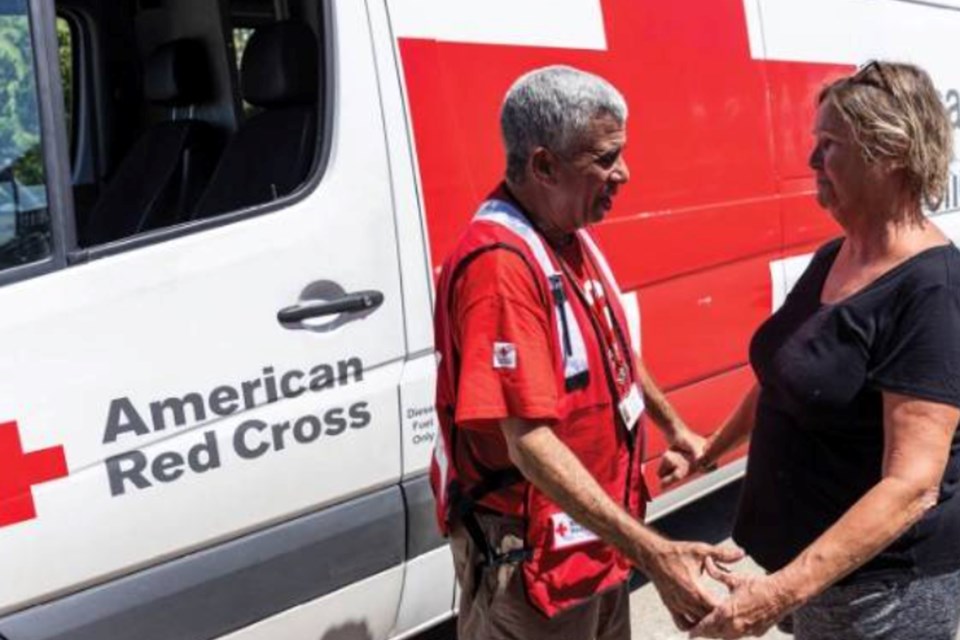NEWS RELEASE
AMERICAN RED CROSS
*************************
DENVER — The American Red Cross encourages families to prepare for the fast-approaching summer swim season by learning to be “water smart.” Research shows that participation in formal water safety and swim lessons can reduce the risk of drowning by 88 per cent for one to four-year-olds.
"Before families head out to pools and parks, it’s important for all family members to learn and review critical water safety skills,” said Gino Greco, Chief Executive Officer, American Red Cross of Colorado and Wyoming. “Knowing fundamental Red Cross water safety skills will help you feel more prepared for fun outings in, on and around the water and help save lives.”
Each year, more than 2.5 million people learn to swim through Red Cross lifesaving aquatics programs. These programs incorporate the latest science-based curriculum and industry best practices, helping to keep individuals and families safer while enjoying water activities. Through this work, over the last century, the Red Cross has helped to reduce accidental drownings by nearly 90 per cent nationwide.
“Preventing unsupervised access to water, providing constant, active adult supervision and knowing how to swim are critical layers of protection to help prevent drowning,” said Connie Harvey, director of Aquatics Centennial and Survival Programs for the Red Cross.
IMPORTANT WATER SAFETY TIPS This summer, remember these four water safety tips.
- Nobody should ever swim alone – adults and teens as well as children. Never leave a young child unattended near water, and do not trust a child’s life to another child.
- It’s best to always designate a “water watcher” who will keep a close eye and constant attention on children and weaker swimmers in, on and around water until the next water watcher takes over.
- Have young children or inexperienced swimmers wear properly fitted U.S. Coast Guard-approved life jackets around water, but do not rely on life jackets alone.
- Reach or throw, don't go. In the event of an emergency, reach or throw an object to the person in trouble and tell them to grab on. Don’t go in! You could be in danger of drowning yourself.
“We encourage families to educate themselves on safer water habits, to learn to swim and know how to handle emergencies,” said Harvey. “Our aquatic training providers offer swim education and classes for both children and adults. We recommend that you also learn first aid and CPR, so you’ll know what to do until help arrives.”
WHALE TALES FOR CHILDREN The Red Cross recently revamped its Longfellow’s WHALE Tales Water Safety for Children program. The no-cost program is designed to help children from all backgrounds in kindergarten through 5th grade learn vital water safety behaviors without having to be in or near the water.
Educators, swim instructors, parents, caregivers and others can teach critical water safety lessons to children before the swim season kicks off. WHALE Tales are short, engaging and age-appropriate lessons that cover important water safety topics in different environments such as pools, waterparks, oceans, lakes and rivers. The free downloadable resources include lesson plans, course presentations and engaging materials such as videos and activity sheets and can be accessed at redcross.org/WHALEtales. If you’re a parent or caregiver teaching your own children, visit redcross.org.watersafetyforkids.
*************************



